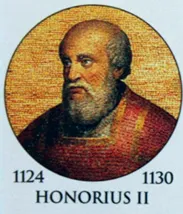
eBook - ePub
The Popes
A Brief Synopsis (from Peter to Francis)
Uriel R. Limjoco
This is a test
Condividi libro
- 160 pagine
- English
- ePUB (disponibile sull'app)
- Disponibile su iOS e Android
eBook - ePub
The Popes
A Brief Synopsis (from Peter to Francis)
Uriel R. Limjoco
Dettagli del libro
Anteprima del libro
Indice dei contenuti
Citazioni
Informazioni sul libro
This brief synopsis aims to summarize the influence of the highest leadership on the growth and development of the Catholic Church and to encourage the reader to study the lives of the popes in a more detailed manner. Christ entrusted the chair of St. Peter to mortals, and as mortals, they are subject to the same temptations that surround us all. Some of them resisted temptation better than others. Some succumbed to temptations worse than others. May God bless the papacy, the Church, and the whole world.
Domande frequenti
Come faccio ad annullare l'abbonamento?
È semplicissimo: basta accedere alla sezione Account nelle Impostazioni e cliccare su "Annulla abbonamento". Dopo la cancellazione, l'abbonamento rimarrà attivo per il periodo rimanente già pagato. Per maggiori informazioni, clicca qui
È possibile scaricare libri? Se sì, come?
Al momento è possibile scaricare tramite l'app tutti i nostri libri ePub mobile-friendly. Anche la maggior parte dei nostri PDF è scaricabile e stiamo lavorando per rendere disponibile quanto prima il download di tutti gli altri file. Per maggiori informazioni, clicca qui
Che differenza c'è tra i piani?
Entrambi i piani ti danno accesso illimitato alla libreria e a tutte le funzionalità di Perlego. Le uniche differenze sono il prezzo e il periodo di abbonamento: con il piano annuale risparmierai circa il 30% rispetto a 12 rate con quello mensile.
Cos'è Perlego?
Perlego è un servizio di abbonamento a testi accademici, che ti permette di accedere a un'intera libreria online a un prezzo inferiore rispetto a quello che pagheresti per acquistare un singolo libro al mese. Con oltre 1 milione di testi suddivisi in più di 1.000 categorie, troverai sicuramente ciò che fa per te! Per maggiori informazioni, clicca qui.
Perlego supporta la sintesi vocale?
Cerca l'icona Sintesi vocale nel prossimo libro che leggerai per verificare se è possibile riprodurre l'audio. Questo strumento permette di leggere il testo a voce alta, evidenziandolo man mano che la lettura procede. Puoi aumentare o diminuire la velocità della sintesi vocale, oppure sospendere la riproduzione. Per maggiori informazioni, clicca qui.
The Popes è disponibile online in formato PDF/ePub?
Sì, puoi accedere a The Popes di Uriel R. Limjoco in formato PDF e/o ePub, così come ad altri libri molto apprezzati nelle sezioni relative a Theology & Religion e Christian Denominations. Scopri oltre 1 milione di libri disponibili nel nostro catalogo.
Informazioni
Argomento
Theology & ReligionCategoria
Christian DenominationsEnd of Saeculum Obscurum
Popes of the Investiture Controversy
Pope Alexander II (1061–1073)
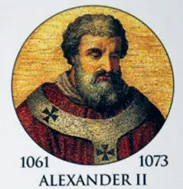
Pope St. Gregory VII (1073–1085)
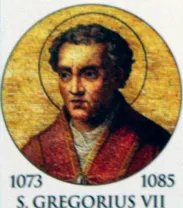
Pope Victor III (1086–1087)
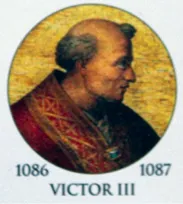
Pope Urban II (1088–1099)
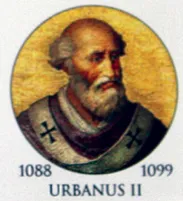
Pope Paschal II (1099–1118)

Pope Gelasius II (1118–1119)
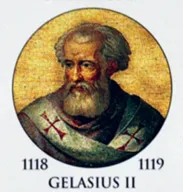
Pope Callixtus II (1119–1124)
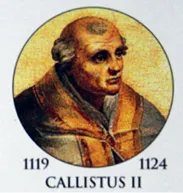
Pope Honorius II (1124–1130)
